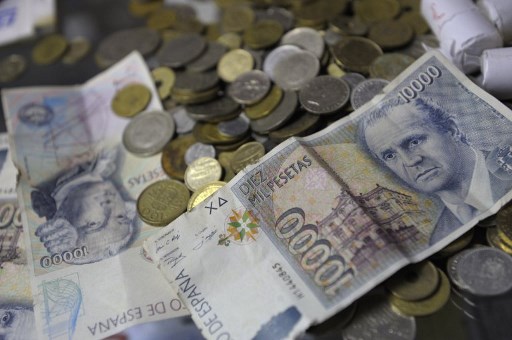CURRENCY
Denmark tries to quell euro peg rumours
Currency speculators are closely eyeing Denmark's deposit rate cuts as a sign that it might drop its peg against the euro but the economy minister cautions that "situation should not be overly dramatized".
Published: 21 January 2015 10:02 CET

Currency speculators are keeping an eye on the actions of Nationalbanken. Photo: Colourbox
The decision by Denmark’s central bank, Nationalbanken, to reduce its deposit rate to -0.02 percent in the wake of Switzerland’s removal of its currency peg against the euro has speculators wondering if Denmark will do the same.
But in an interview with Bloomberg on Tuesday, Economy Minister Morten Østergaard tried to silence the rumours by saying that the Swiss decision was based on “circumstances significantly different from Denmark’s”.
“Any comparison between Denmark and Switzerland is impossible,” he said.
A spokesperson for Danske Bank, Denmark’s largest, told Bloomberg that Denmark will likely carry out another rate cut on Thursday when the European Central Bank unveils a vast bond-buying programme aimed at kickstarting growth, which has put pressure on the euro.
A Nordea analyst told The Local last week that the Denmark’s interest rate could continue to fall.
“There’s definitely a scenario where we can see the Danish interest rate going to a record low,” Nordea analyst Jan Storup Nielsen told The Local.
The bank said it has been fielding many calls from offshore investors gauging Denmark’s plans following Switzerland’s surprise move.
Denmark's monetary policy is aimed at maintaining a stable exchange rate between the Danish krone and the euro.
The krone is pegged to the euro through an agreement known as the European Exchange Rate Mechanism (ERM II), under which the Danish currency can move only 2.25 percent up or down from a fixed rate of 7.46 krone per euro.
On Wednesday, the krone was trading at 7.436 per euro.
Østergaard pointed to this “long-lasting and politically firmly anchored fixed-currency policy” in his attempt to silence speculators.
“This situation should not be overly dramatized,” he told Bloomberg.
Url copied to clipboard!


 Please whitelist us to continue reading.
Please whitelist us to continue reading.
Member comments